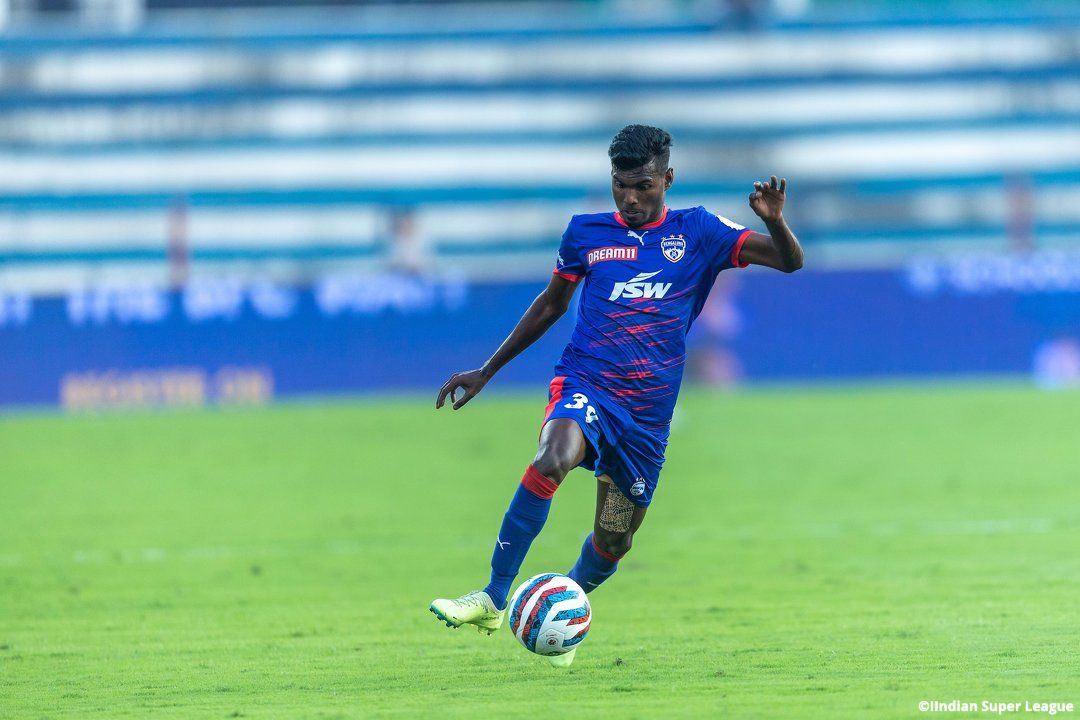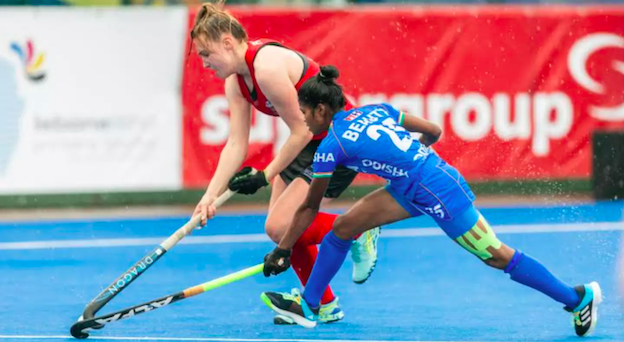Are Artificial Turfs Safe for Our Kids?
While there’s been much debate in the West about the safety of artificial pitches for children (reference articles at the end), it’s rather surprising that not many in India have bothered to look into this. So why are parents and administrators concerned? The suspicion is that the rubber crumbs (or granules) that are used to fill artificial turfs could contain carcinogens. The same rubber granules we often see on our kids’ skin, socks and shoes after a game of turf football…
Where do the rubber crumbs come from?
The rubber crumbs used to fill artificial turfs usually come from old, recycled tyres that are then shredded. They can also be made from rubber pipes used in a variety of industries including petrochemicals. In England, for example, the Football Association (FA) has insisted that all artificial pitches only use rubber granules which meet European Union (EU) safety standards. The challenge really is this – how do we know for sure where the rubber crumb for our pitches is being sourced from? Especially in a landscape like India where regulations are so hard to enforce.
Our approach as an academy has always been to encourage children to play on natural surfaces. So let’s weigh some of the pros and cons of playing on natural surfaces:
Advantages of Playing on Natural Surfaces
1. No Rubber Crumbs! So no exposure to the carcinogens that may be present in rubber crumbs.
2. Helps Children Adapt: Playing on uneven natural playgrounds forces children to adjust and improvise quicker than they would have to on a smooth, predictable artificial turf. Here, the uneven bounce of the ball prepares children to be ready for different situations and react accordingly.
3. Improved Body Balance & Awareness: It isn’t unusual to see natural surface playgrounds and pitches in India strewn with stones and rubble. While some parents view this as a safety issue, children who grow up playing on such grounds learn to balance themselves and stay on their feet better. The kids know that if they don’t stay steady and fall, they’re likely to hurt themselves.
4. Lower Surface Temperature: Natural surfaces don’t retain the sun’s heat as much. If the kids play football on a turf during the warmer months, you’ll often hear them complain about how their feet are burning. This happens because the rubber crumbs absorb and retain a lot of the incident heat. Given the same warm conditions, natural surfaces tend to be cooler.
5. Cheaper to Use! Unlike artificial turf grounds where we regularly have to pay rentals of between Rs 2,000 to Rs 3,500 per hour, natural grounds are either free or much cheaper. This makes good football coaching more accessible to children and their parents.
6. Natural environment: In our opinion, there’s no joy greater than being outdoors playing football. It’s an irrational reason to be honest. But somehow, the closer we stay to Nature, the more joy and authenticity the experience yields.
Disadvantages of Playing on Natural Surfaces
1. Affected by Weather: Unlike artificial surfaces, natural playgrounds can get really mucky, flooded and unplayable during the monsoons. The weather can take a toll on them. In such conditions, playing on artificial turfs is usually better.
2. Higher Likelihood of Impact Injuries: While artificial turfs are generally softer and cushion the impact of a child’s fall, natural surfaces show no mercy. Some natural grounds can also be littered with shards of glass and nails! Most of us who have grown up playing sport and football before the advent of turf pitches will probably have scarred knees as reminders of the times we were bundled over.
3. Lower Safety: Because natural grounds tend to be open, unrestricted areas, children enjoy wandering off on their own to explore the world around them. This means that coaches, parents and care-givers need to be on high alert pretty much all of the time the kids are playing, especially when young children are part of the group.
4. Inaccessible: In most urban areas like Mumbai, it isn’t always easy to find an open, relatively safe, natural ground for football. Even if you do find an open space, don’t be surprised if football is either not allowed or, worse still, not possible because the ground is given on rent for events and weddings. With turfs springing up in every neighbourhood, it has now become more convenient to simply book a turf and split the costs among those playing.
In Conclusion
To sum up, there is no conclusive evidence available to us that directly correlates playing on artificial turfs with instances of cancer in children. For us, even though it isn’t possible sometimes, we would ALWAYS recommend that our kids play on natural playgrounds. After all, what’s a childhood without bruised knees!
References:
1. The Telegraph, UK: Why 3G pitches are being ripped up in Holland over health fears
2. The Washington Post, USA: Does playing on artificial turf pose a health risk for your child?
3. CNN, USA: Soccer players’ cancers ignite debate over turf safety







